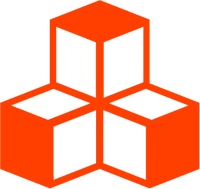@threlte/core
<Canvas>
The <Canvas> component is the root of your Threlte scene. It provides contexts that all other components and many hooks are depending on. This means they need to be child components to the <Canvas> component.
Structuring Your App
Check out our guide on structuring your app for a fail-safe app architecture recipe.
By default, the <canvas> element and the renderer will resize to fit the parent element whenever the window resizes. Provide the property size to set a fixed <canvas> size.
<Canvas> also provides a default camera, located at { z: 5 }.
If frameloop is set to demand (default) property changes to components and other changes that are picked up by Threlte automatically invalidate the current frame.
If frameloop is set to always the frameloop always renders.
If frameloop is set to never the frameloop must manually be advanced with useThrelte().advance(). This is especially useful if you want to debug the frameloop with debugFrameloop set to true.
